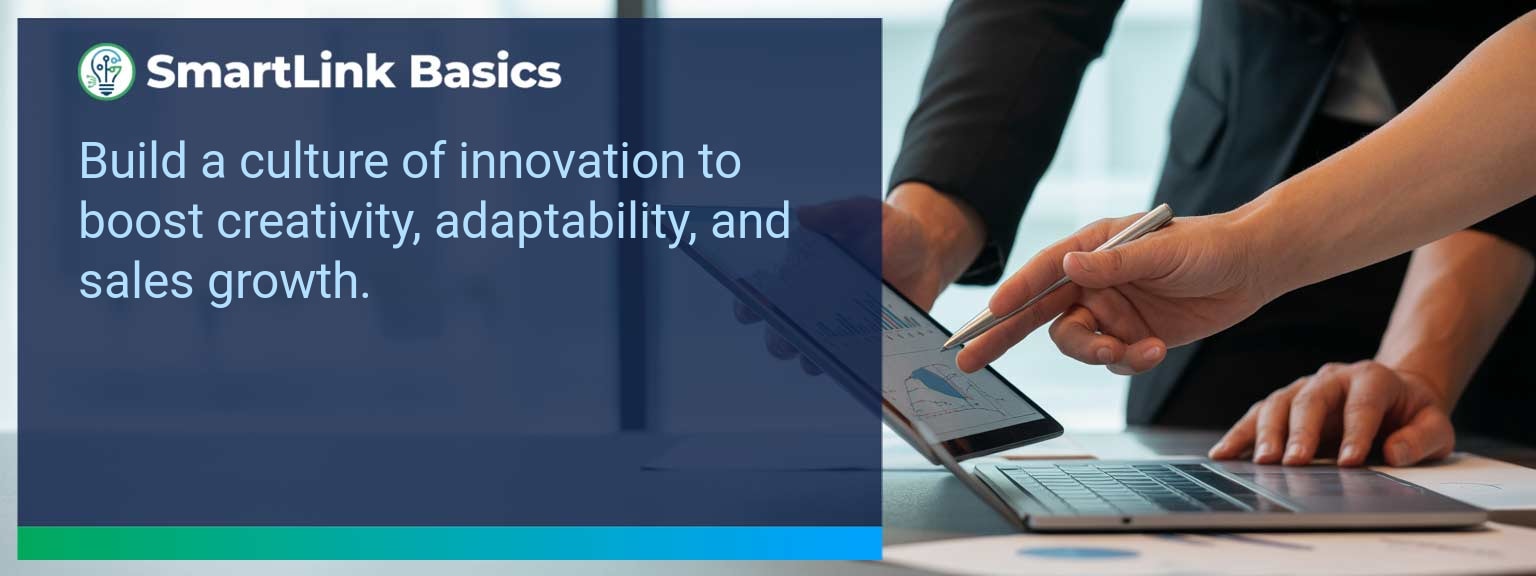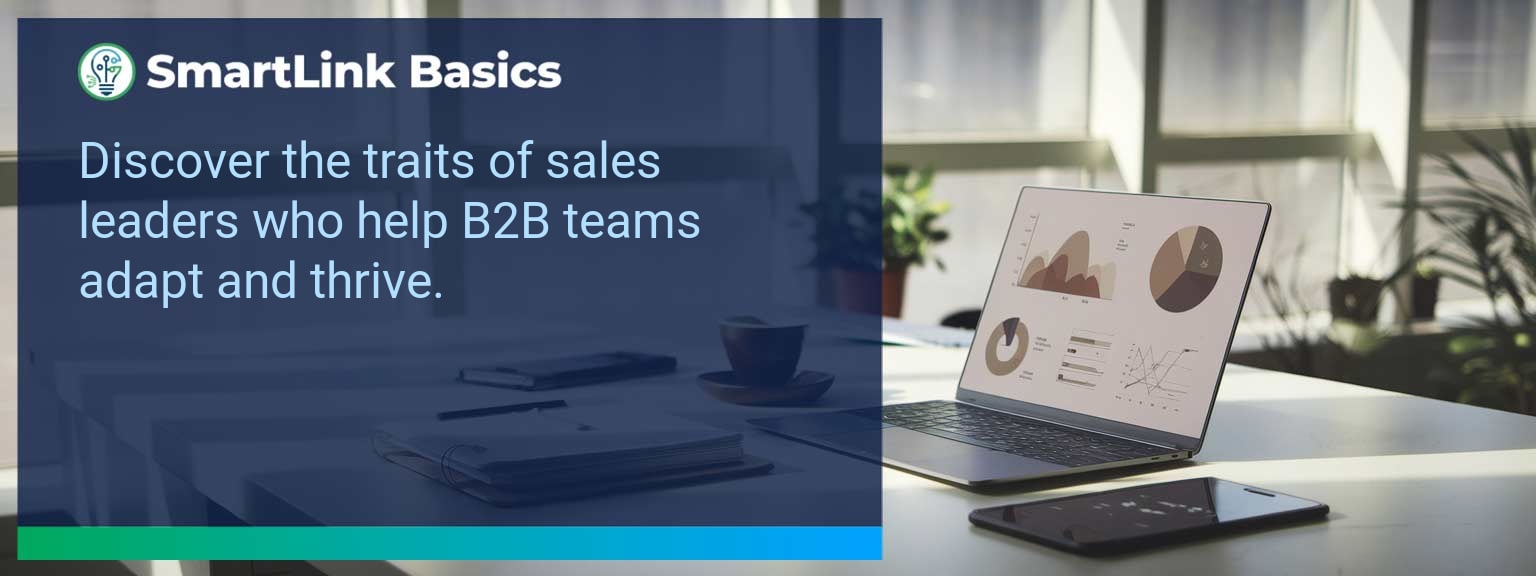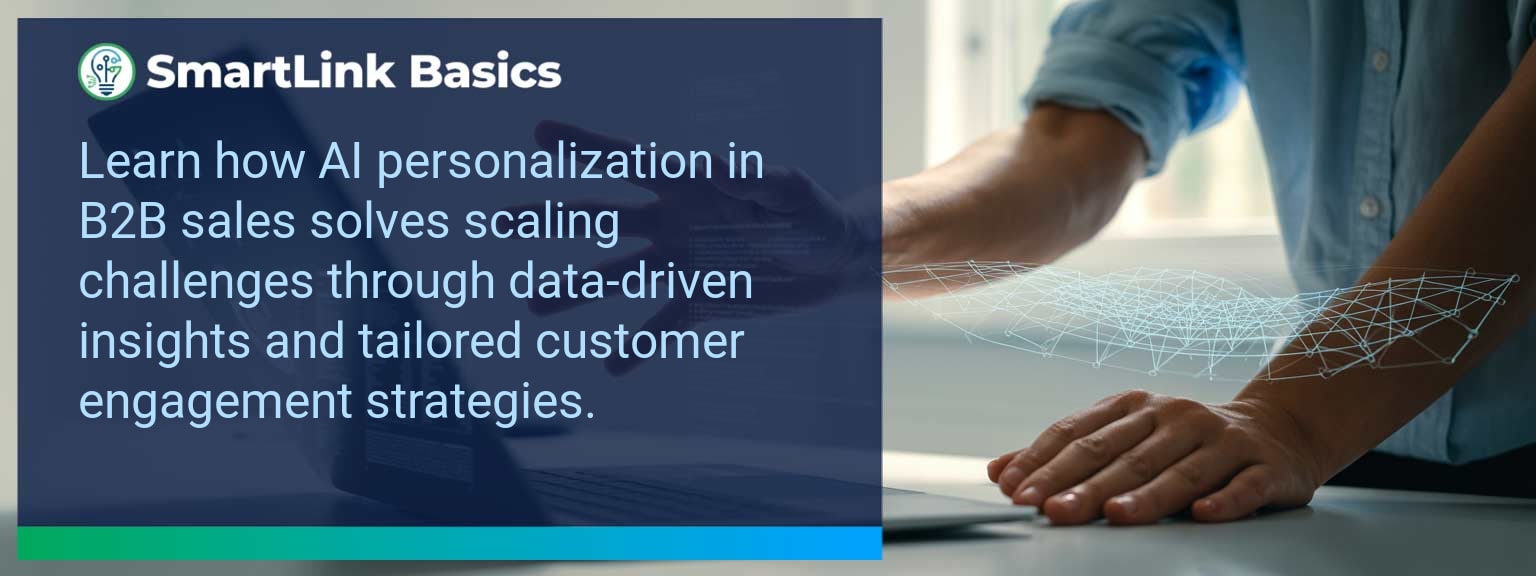Industry data shows that organizations adopting AI-driven automation achieve cost reductions of up to 30% while accelerating sales cycles by 20% or more (McKinsey, 2024). For sales leaders, AI automated workflows now define competitive advantage, enabling teams to reallocate time from repetitive tasks to high-value engagements. At SmartLink Basics, we help decision-makers implement these systems strategically, ensuring they integrate with existing revenue operations. In this article, you’ll see how AI automated workflows power business outcomes, the common obstacles that slow adoption, and practical steps to optimize processes. You’ll walk away with proven examples, a 90-day action blueprint, and measurable KPIs to track results.
- Automate repetitive administrative and CRM updates with AI.
- Integrate machine learning to personalize outreach at scale.
- Streamline approvals, quotes, and contract workflows for speed.
- Use predictive analytics to prioritize sales opportunities.
- Track adoption and performance with targeted metrics.
AI Automated Workflows: What Changed and Why It Matters
AI adoption has shifted from experimental to operational, making automated workflows a standard in high-performing sales organizations. The real advantage lies in combining workflow automation with artificial intelligence workflows to optimize every step of the revenue process. Sales leaders now use AI to synchronize touchpoints, reduce manual inputs, and ensure faster execution. For example, a B2B SaaS leader introduced automated lead enrichment and routing, cutting qualification time by 60%. Actionable insight: Audit processes for time-intensive handoffs and apply AI where repeatability is high.Redesign the Revenue Operating System With AI Automated Workflows
ICP, Segmentation, and Targeting AI-enabled segmentation uses historical wins, firmographic, and behavioral data to dynamically update ICP profiles. This ensures targeting precision without quarterly re-work. Pipeline Architecture Automated workflows push opportunities through the right stages based on engagement signals. AI flags at-risk deals for intervention. Plays and Messaging Integrated automation tools deliver personalized sequences based on buyer activity, increasing relevance at every touchpoint. Operating Cadence AI schedules follow-ups, forecast calls, and account reviews based on actual pipeline movement rather than static calendars. Actionable insight: Implement automation that adapts in real-time to both internal and buyer-driven events.Common Obstacles To Achieving Seamless Automation
The most frequent challenges are fragmented systems, inconsistent data quality, and cultural resistance. Without a unified data layer, automation amplifies errors rather than solving them. Coca-Cola Europacific Partners reported needing a full data governance upgrade before AI could improve sales workflows. Leaders must first assess infrastructure readiness and train teams to trust AI-influenced recommendations. Actionable insight: Before deployment, establish clean data practices and a single source of truth.Implementing AI To Optimize Workflows
Effective deployment of AI process optimization starts with mapping current-state processes, identifying friction points, and matching them with automation tools. For example, automating proposal generation based on CRM opportunity data can reduce turnaround from three days to one hour. Solutions combining business process automation platforms with machine learning integration enable continuous performance improvement. Actionable insight: Pilot in one high-impact stage, measure, and then expand.Tangible Benefits From Automated Processes
The benefits extend beyond time savings — sales leaders gain a scalable system. Tangible outcomes include faster quote-to-close, higher lead conversion, and better forecast accuracy. A manufacturing firm implemented AI-assisted order processing and cut errors by 40%, improving on-time delivery rates. Actionable insight: Track both speed and accuracy to measure workflow automation effectiveness.Metrics That Matter
| Category | Metric | Definition | Target |
|---|---|---|---|
| Leading | Workflow Completion Rate | % of automated sequences executed without manual intervention | 95%+ |
| Leading | AI Suggestion Adoption Rate | % of AI-generated action recommendations executed by reps | 80%+ |
| Lagging | Cycle Time Reduction | Decrease in time from lead entry to closed-won | 20%+ |
| Lagging | Revenue Per Rep | Average sales revenue generated per sales rep per quarter | +15% YoY |
| Quality | Automation Error Rate | % of workflows that trigger incorrect outcomes | <1% |
| Quality | Customer Satisfaction Post-Automation | Average CSAT score after automation implementation | ≥ 4.5/5 |
Innovations And Next Steps For AI Automation
Emerging capabilities like AI-generated playbooks, intent-driven dynamic routing, and integrated AR for virtual product demos are shaping the next wave of sales automation. Companies integrating these tools early will outpace competitors in speed and personalization. Actionable insight: Stay ahead by testing emerging automation features quarterly and aligning them with evolving buyer expectations.Get the 90-day plan, coaching rubric, and dashboard template to operationalize AI in your enablement program.
Turning AI Automation Into a Revenue Multiplier
AI automated workflows are now a strategic lever for predictable, scalable growth. This guide outlined current applications, adoption challenges, a 90-day execution plan, and measurable success criteria. To make automation pay off, sales leaders should integrate tools into one cohesive operating system and review results monthly for continuous improvement. Access more AI-driven sales enablement resources from SmartLink Basics to design a high-performance automation strategy. Global remote work adoption has surged by over 159% in the past decade, reshaping how sales leaders manage distributed revenue teams. At SmartLink Basics, we see digital collaboration tools as more than operational aids — they are now the backbone of effective sales execution in geographically dispersed organizations. These solutions bridge location gaps, keep revenue cycles intact, and sustain high-performance cultures even without physical offices. This article examines why these tools are pivotal in the AI-driven sales era, the specific challenges they address, and the strategies to integrate them into a streamlined collaboration framework. By the end, you’ll have a clear operational blueprint for aligning remote work tools with revenue outcomes and team productivity goals.- Ensure tool alignment with sales workflow and KPIs.
- Integrate project management software with CRM systems.
- Standardize communication in team collaboration apps.
- Adopt secure, scalable online teamwork platforms.
- Leverage analytics to drive productivity insights.
Key Issues Faced By Distributed Teams Using Digital Collaboration Tools
Misaligned tools create friction. Sales leaders often find that poorly integrated remote work tools slow pipeline progress rather than accelerate it. Common issues include scattered information across multiple platforms, inconsistent communication protocols, and low adoption due to poor onboarding. A global SaaS sales team without a unified platform may rely on four different messaging apps, leading to missed deal updates and response delays. This directly impacts conversion timelines and forecast accuracy. To avoid this, leadership must prioritize integration, security, and relevance when selecting digital workplace solutions. The right platform should centralize conversations, data, and workflows.Leveraging Digital Collaboration Tools For Seamless Sales Team Execution
When digital collaboration tools align with sales processes, they simplify complex selling environments. This includes syncing project management software like Asana or Monday.com with CRM data, automating task assignments, and using AI to suggest next actions based on deal stage. For example, a virtual collaboration hub integrated with Salesforce can automatically update deal notes after a video pitch, eliminating manual entry. This not only raises data accuracy but frees reps for higher-value selling activities. Action: Audit existing online teamwork platforms and replace fragmented workflows with a single, integrated ecosystem that supports both sales and enablement processes.Impact Of Tools On Productivity And Engagement
Research from McKinsey shows collaborative tools can raise productivity by up to 30% when embedded in daily workflows. Sales managers using centralized dashboards observe faster decision-making, clearer accountability, and reduced admin time for frontline reps. Consider a B2B sales unit using one secure platform for prospect tracking, messaging, and content sharing. Over three quarters, it achieved shorter sales cycles and a measurable uplift in quota attainment. Leaders should pair tool adoption with weekly engagement pulse checks and leaderboard competitions to sustain momentum and employee buy-in.Emerging Trends In Digital Collaboration And Remote Sales Leadership
Emerging capabilities include AI-powered meeting summarization, predictive deal risk alerts, and automated coaching prompts inside team communication apps. These innovations shift collaboration from reactive messaging to proactive deal orchestration. A remote tech sales team leveraging AI-based collaboration software could pull instant competitive insights during calls, supporting real-time objection handling. To maintain an advantage, leaders must test these innovations selectively, ensuring they align with pipeline architecture and measurable revenue outcomes, as outlined in expert insights from SmartLink Basics.| Category | Metric | Definition | Target |
|---|---|---|---|
| Leading | Collaboration Session Attendance | % of reps attending scheduled online teamwork platform sessions | 95%+ |
| Leading | Tool Usage Compliance | % of deals updated in the project management software weekly | 90%+ |
| Lagging | Close Rate | Opportunities won ÷ total qualified opportunities | 30%+ |
| Lagging | Quota Achievement | % of reps meeting sales targets for the quarter | 85%+ |
| Quality | Collaboration Satisfaction Score | Survey-based rating of digital collaboration environment | ≥ 4.2/5 |
| Quality | Data Accuracy Score | Percentage of CRM entries verified by QA checks | ≥ 98% |
Get the 90-day plan, coaching rubric, and dashboard template to operationalize AI in your enablement program.









